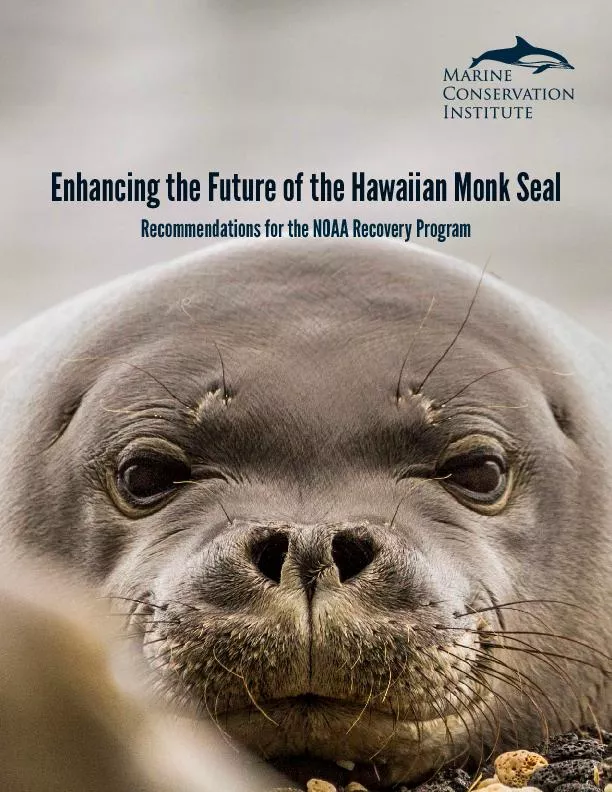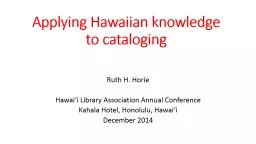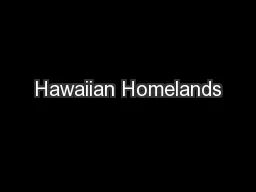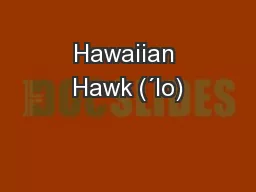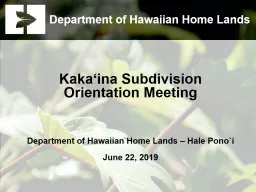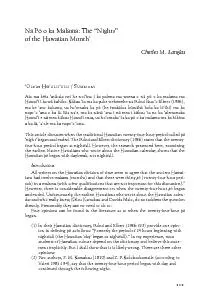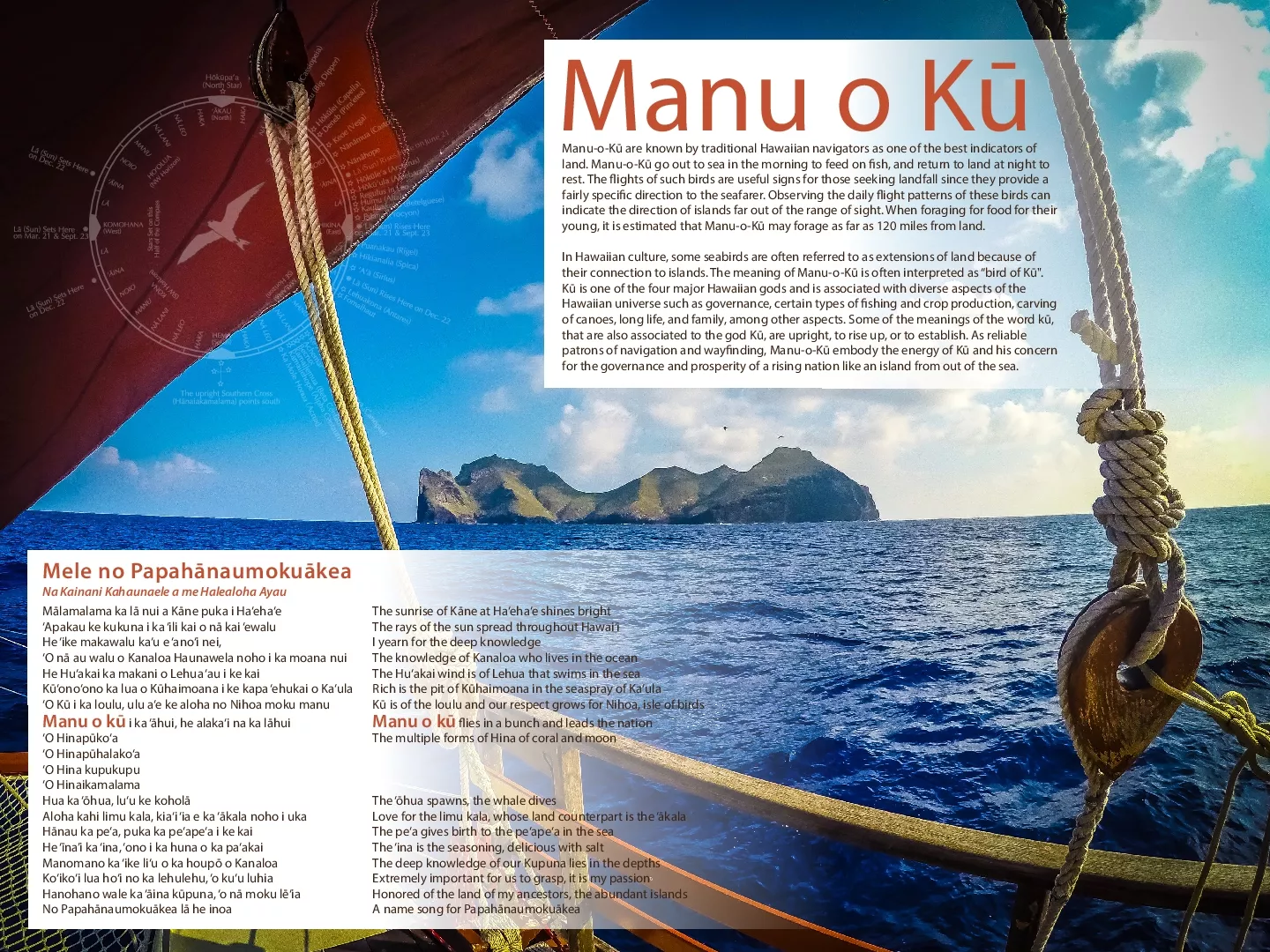PDF-Enhancing the Future of the Hawaiian Monk Seal
Author : cheryl-pisano | Published Date : 2016-06-27
1 Recommendations for the NOAA Recovery Program Enhancing the Future of the Hawaiian Monk Seal Recommendax00740069ons for the NOAA Recovery Program Marine Conservax00740069on
Presentation Embed Code
Download Presentation
Download Presentation The PPT/PDF document "Enhancing the Future of the Hawaiian Mon..." is the property of its rightful owner. Permission is granted to download and print the materials on this website for personal, non-commercial use only, and to display it on your personal computer provided you do not modify the materials and that you retain all copyright notices contained in the materials. By downloading content from our website, you accept the terms of this agreement.
Enhancing the Future of the Hawaiian Monk Seal: Transcript
Download Rules Of Document
"Enhancing the Future of the Hawaiian Monk Seal"The content belongs to its owner. You may download and print it for personal use, without modification, and keep all copyright notices. By downloading, you agree to these terms.
Related Documents

